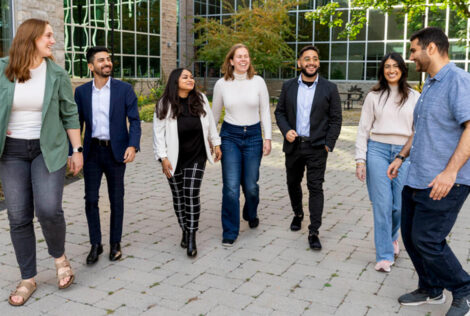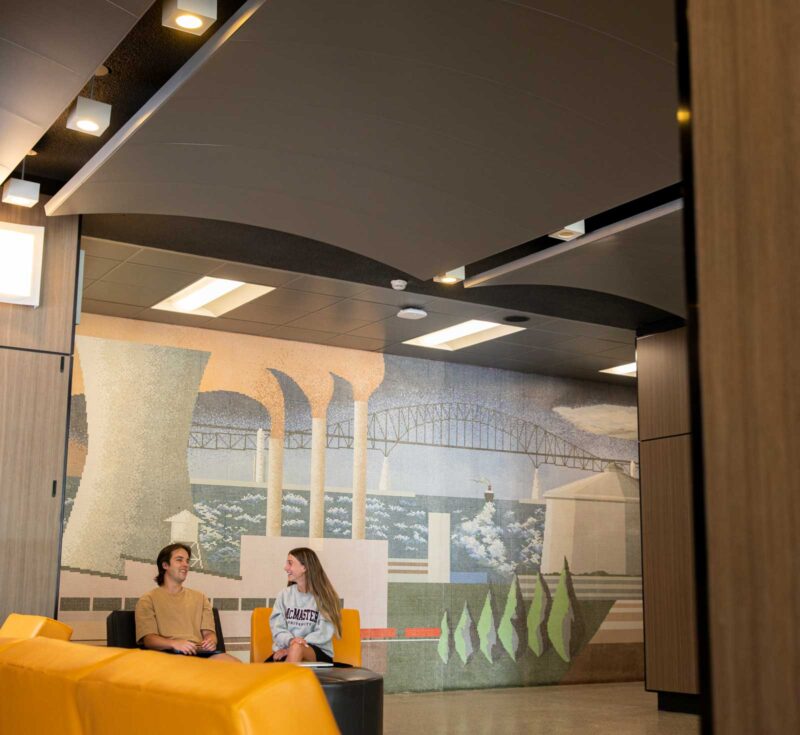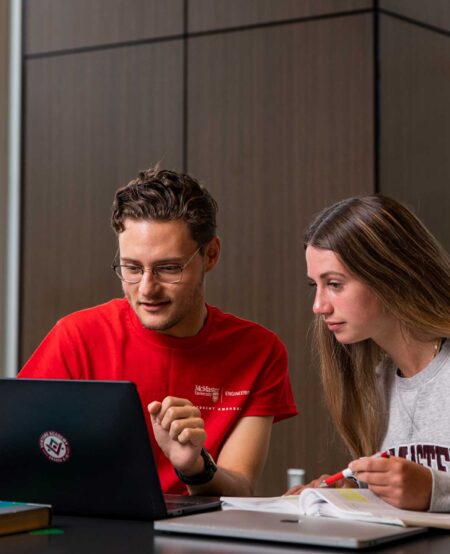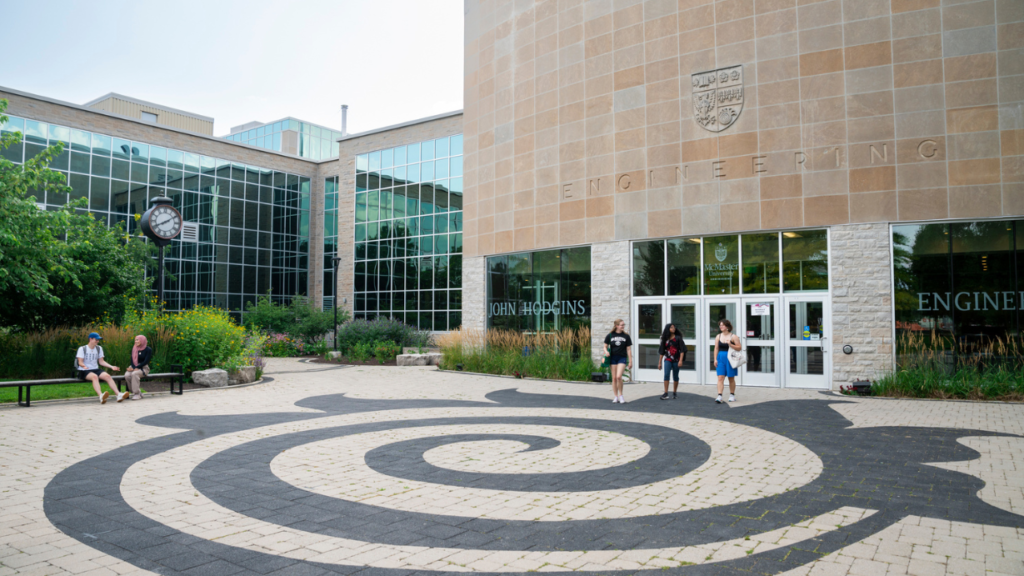Public policy is created through decisions made by governments, industries and communities. It determines our lives.
If you want to take an important role in developing policy directions as society adapts to new and emerging regulatory expectations and new technological platforms, this program is for you. You will acquire expertise in policy analysis and development and fill a demand for technically oriented policy professionals in government, in industry and in Non-Government Organizations (NGOs).
This program is open to students with an undergraduate degree in Engineering and non-Engineering disciplines (including but not limited to Sciences, Social Sciences and Arts.








